Shovin Bhattacharjee is a renowned contemporary artist whose work has evolved over two decades, merging technical mastery with an innate understanding of spatial design. His creations tell a dynamic story, deeply influenced by the intersection of modern technology and daily life. At the heart of his studio—a vibrant hub of innovation—Shovin strives to craft transformative art for global collectors. His mediums range from installations and murals to sculptures and digital prints. Collaborating with a talented team of creatives, Shovin seamlessly blends cutting-edge techniques and aesthetic principles, turning visionary concepts into art that integrates effortlessly into its environment, celebrating the harmony of form and function.
In an exclusive conversation with The Interview World, Shovin reflects on his artistic process, compares Indian contemporary art with global trends, and reveals how he is incorporating emerging technologies, including AI, into his practice. He also explores the importance of sustainability and independence in art creation, and highlights the themes that are closest to his heart. Below are the key insights from this thought-provoking conversation.
Q: Can you describe the type of artistic work you typically create?
A: I am a contemporary Indian artist, primarily focused on sculpture, but I don’t limit myself to any single medium. As a multidisciplinary artist, I explore a range of forms, using stainless steel for sculptures, installations, and digital art. I am also one of the pioneering digital artists in India and had the distinction of being among the first to auction NFTs from our country in 2019.
My passion for space drives my work, constantly shifting between 2D, 3D, and various dimensions. If you recall my exhibition at the Indian Art Fair last year, you’ll see how I merged stainless steel sculptures with kinetic energy and AI technology. This integration of new media is part of my ongoing effort to make my creations self-sufficient and independent, without relying solely on traditional artistic methods. That, in essence, is my mission.
Q: How would you assess the standing of Indian contemporary art in comparison to global art forms?
A: We are now part of global platforms, and it’s crucial to recognize that India is not separate from other nations. To think otherwise would be a misconception, as India faces global challenges just like the rest of the world. As artists, we strive to contribute meaningfully in our own space, but one of the most critical areas for growth here is public art. Raising awareness about public art is essential. It’s vital for the general public to not only engage with art but also learn how to interpret and appreciate it.
Visual culture is central to human experience. Every person communicates through visual language, yet over time, many have become disconnected from recognizing and appreciating visual forms. To truly foster a deeper understanding of art, we must enhance the visual culture in our country.
Q: How are you integrating AI and emerging technologies into your artistic practice?
A: As a 21st-century artist, time holds significant importance for us. My generation, now nearing 48, has witnessed a profound shift—from the analog era to the digital revolution, and now, to the rise of AI. We’ve experienced this transition firsthand, using mobile phones and other advanced technologies. How can we claim to be disconnected from these changes when they shape every aspect of our lives? Art, in this sense, is also a direct reflection of our environment, experiences, and perceptions.
Art itself is not an abstract concept. It is an integral part of nature, our experiences, and our daily lives. Consider the technology we encounter: when you enter a washroom, the water flows automatically, triggered by a sensor. Sensors like these are everywhere, embedded in our lives. In this context, art, too, is embedded in the technological landscape. Furthermore, I am exploring how to create a machine that goes beyond this, tapping into the potential of AI and other innovative technologies.
Q: You’ve mentioned that you’re making your art more sustainable and independent of external factors. Could you elaborate on what you mean by that?
A: Sustainability, for me, is about efficiency and self-sufficiency. Take my sculpture Cosmic Eye, for example, which was showcased at the last India Art Fair. I have designed this kinetic sculpture with sustainability in mind. When placed in a garden, for instance, where human presence is typically minimal, the sculpture remains motionless. However, it responds to human presence through sensors, triggering movement only when someone is nearby. This design conserves energy, making the sculpture self-sufficient.
The visual experience is another aspect of sustainability. The contrast between static and kinetic elements offers a unique pleasure to the viewer. Additionally, the piece adapts to both day and night cycles. Once daylight fades, the sculpture automatically switches to artificial lighting, synced to the fading light. This seamless transition ensures that the work continues to engage with its surroundings without unnecessary energy consumption.
Q: Is there a particular subject or theme that holds special significance for you when creating your work?
A: Art is everywhere. It is inherent in every human being. The difference lies in whether one recognizes the artist within themselves. Every individual has their own tastes, preferences, and inclinations, which is the essence of artistic expression. Without this diversity, consumerism itself would not exist. People buy similar products, yet everyone wears different clothes and decorates their spaces uniquely. A homemaker manages her household in her own distinct way—this, too, is an expression of artistic intellect. Art is not separate from daily life; it is deeply embedded in the human experience.
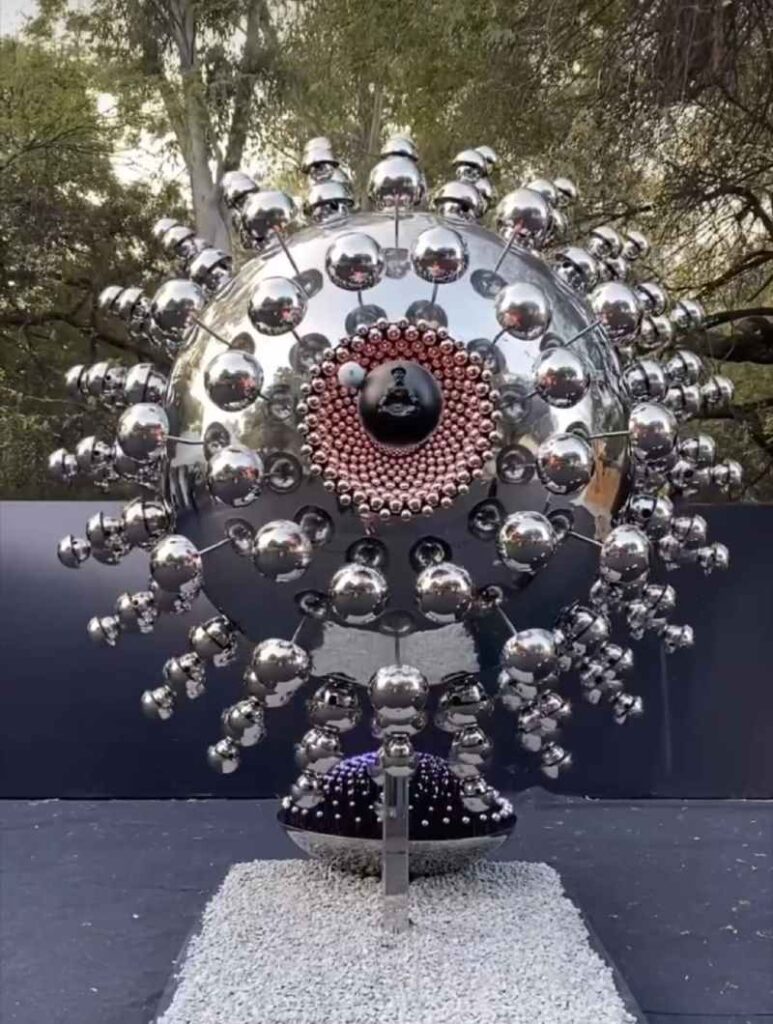
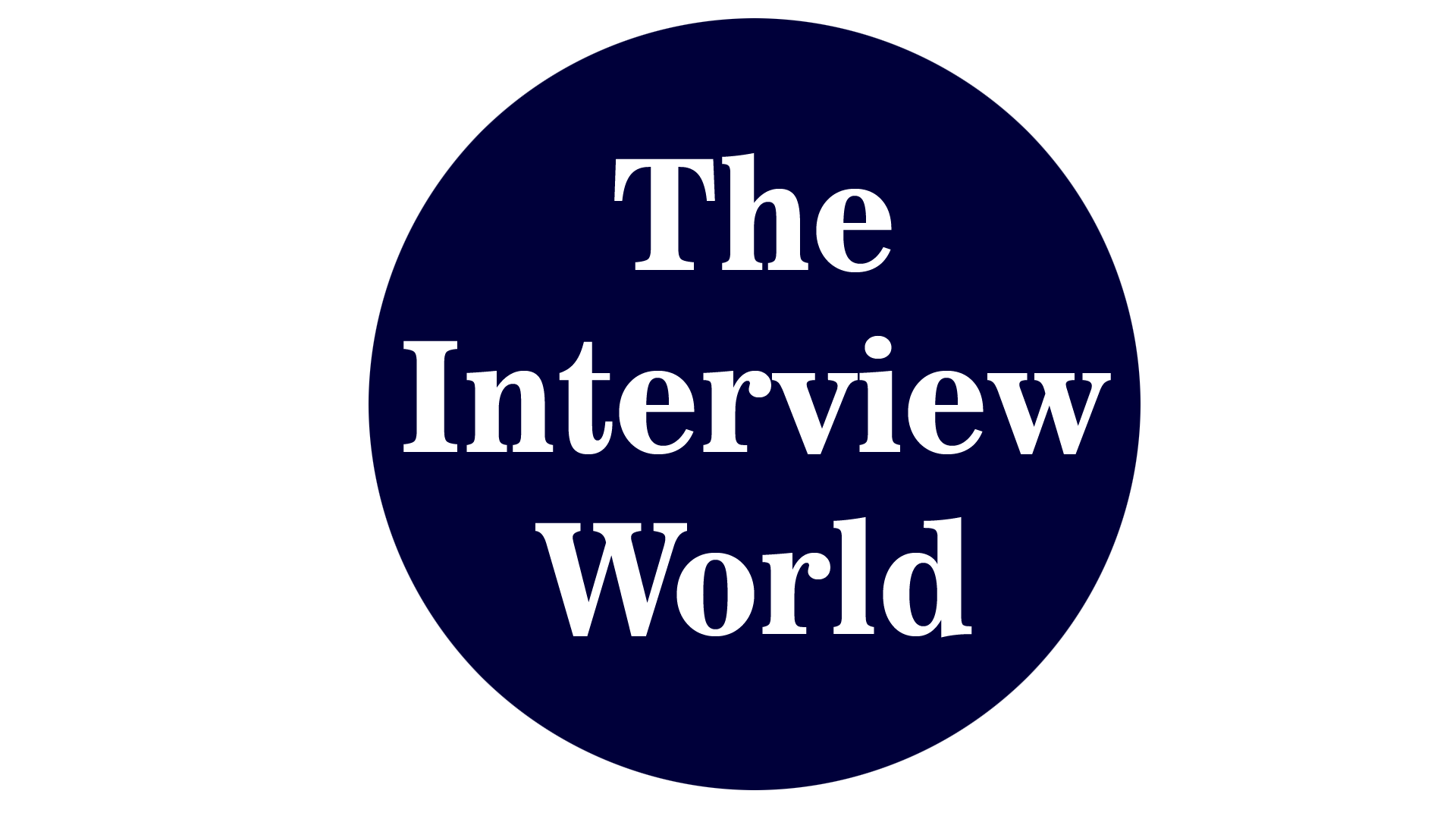
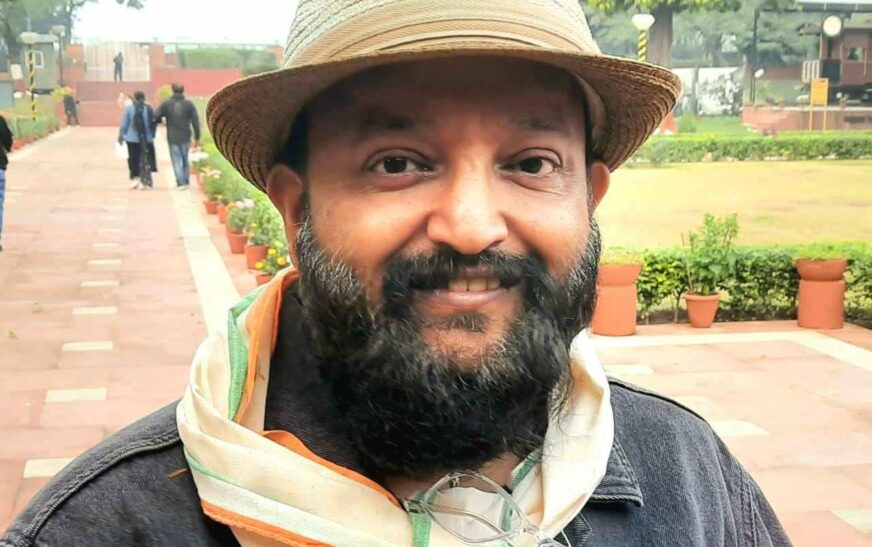
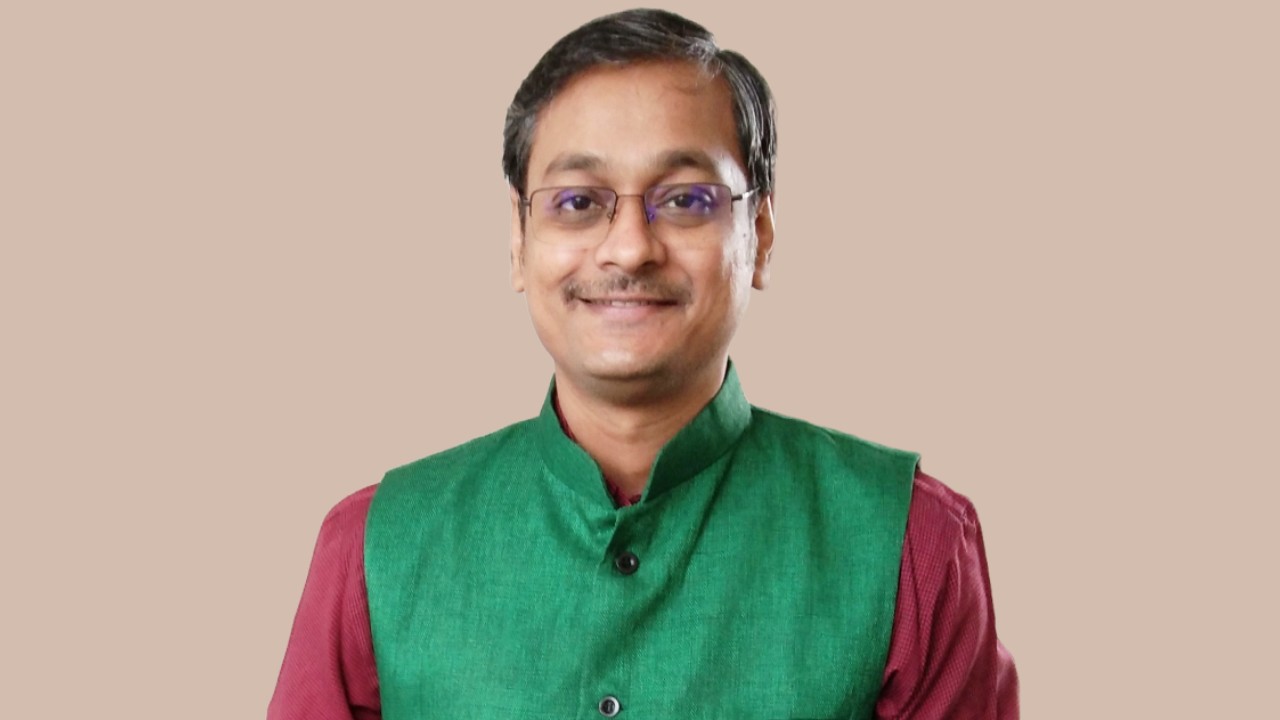
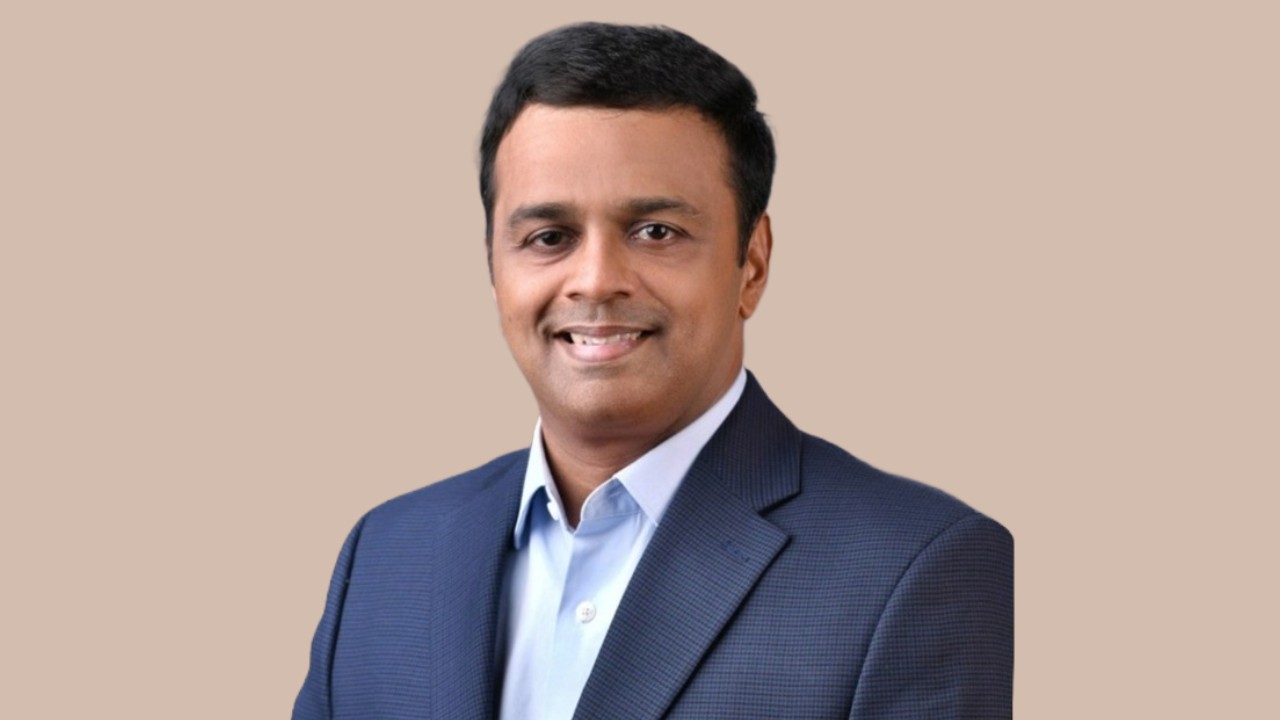
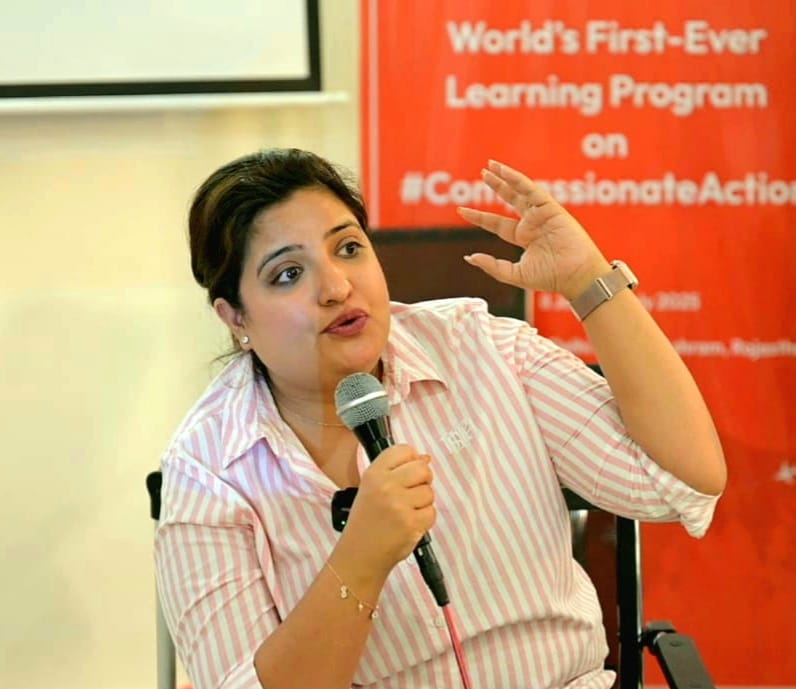
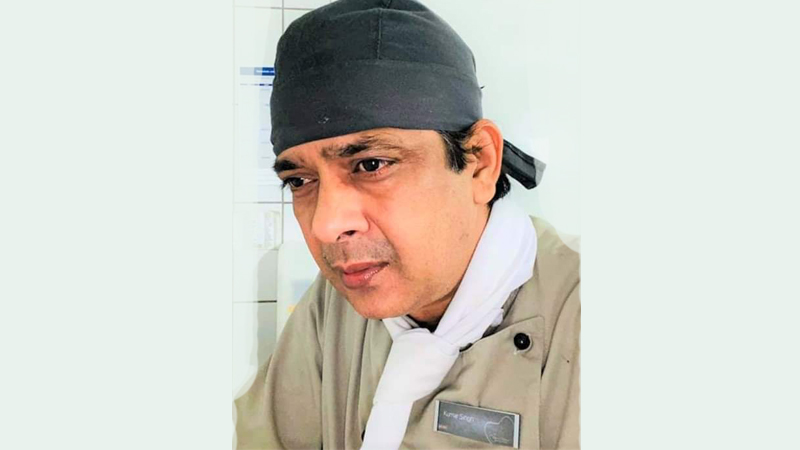
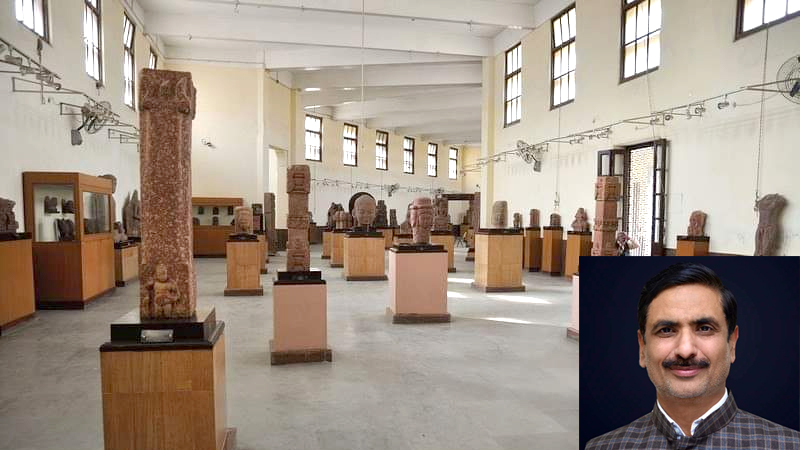
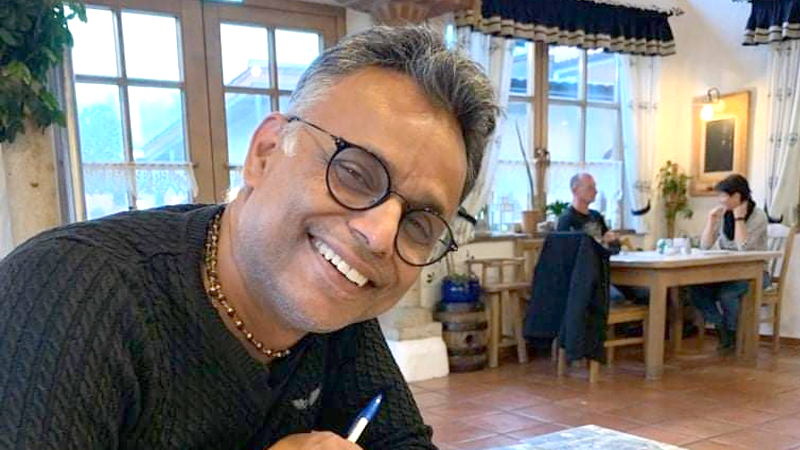

1 Comment
you are truly a just right webmaster The site loading speed is incredible It kind of feels that youre doing any distinctive trick In addition The contents are masterwork you have done a great activity in this matter
Comments are closed.